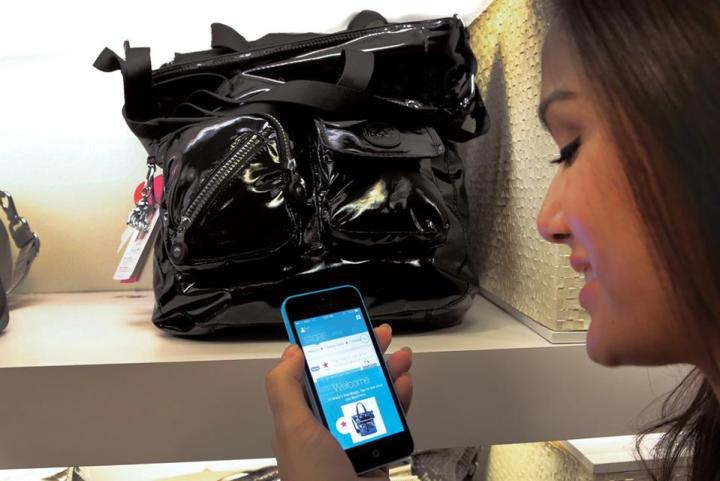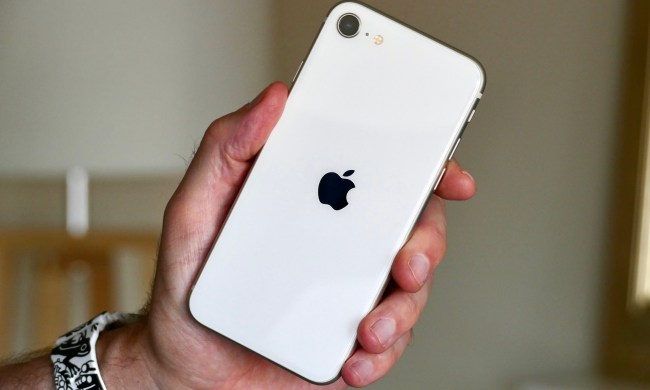
Your brick-and-mortar-store shopping experience could be on the verge of changing big time if Apple’s location-sensing iBeacon technology for mobile devices takes off.
Macy’s has just become the first retailer to try out the tech, using shopBeacon devices that work with Apple’s iBeacon innovation.
Built by shopping-app company Shopkick, the device uses Bluetooth Low Energy to connect with an iPhone, as well as some Android devices, to alert shoppers entering a store to various location-specific deals, discounts, and recommendations, and can push things like coupons to your device, too.
It can also provide smartphone users with reminders, so say you’re at home browsing a store’s products and you ‘like’ one of them, your Shopkick app, via the shopBeacon device, will remind you that the item is available in store when you go inside.
The shopBeacon device, which costs around $40, is about the size of a bar of soap and would be placed at various spots around a store. The number of ShopBeacons required depends on the size of the premises.
The system is currently in a closed beta trial at Macy’s Herald Square in New York and at its Union Square location in San Francisco.
If the trial proves a success, the system will be rolled out to other retail partners in the coming months.
Apple has said little about its iBeacon technology since introducing it earlier this year as part of its new iOS 7 mobile operating system, though a number of reports earlier this week suggested it’s close to rolling out something similar to shopBeacon at its own retail locations to connect with iPhone-equipped shoppers entering its stores.
How does the idea of an iBeacon-based shopping experience sound to you? It could help you to score a few discounts, and offer up additional information about products in the immediate vicinity as you make your way around the store.
Then again, maybe it sounds like a largely pointless innovation to hassle and distract you on a shopping trip. Either way, let us know in the comments below if you want to try it.
[via WSJ]



